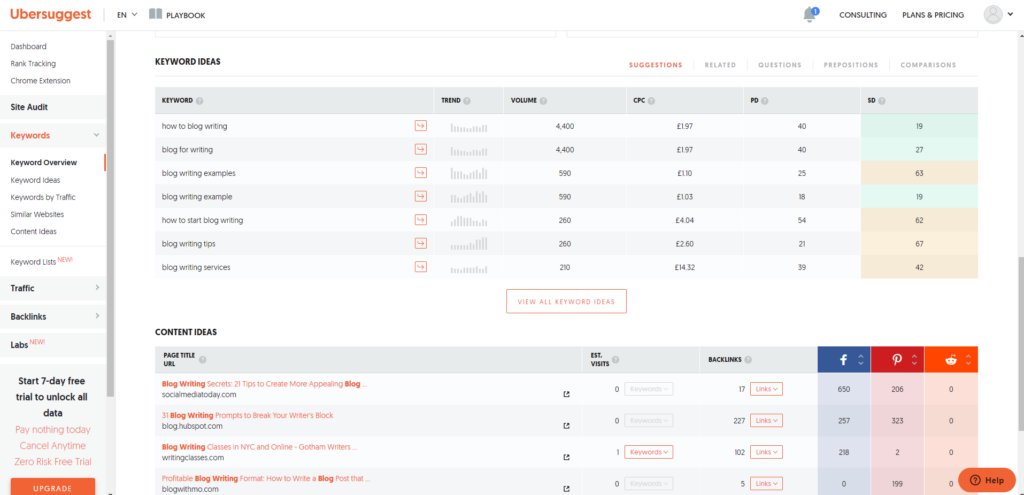
You’ve decided to write a blog that’ll stand up on its own or form part of your marketing strategy, but you don’t have a website yet. Maybe you don’t need one at all. You want to start writing and engaging with your audience, but how do you start? Here are 5 ways you can blog without needing a website.
Use a free blogging platform
A free blogging platform lets you start writing your blog without needing a website that you have to pay for. WordPress has free and self-hosted versions so you can choose the option that’s right for you.
It’s worth considering whether you might want to expand your blog into a full website eventually. If you do, it might be worth paying for hosting. That option lets you choose your own URL rather than a link that has the provider’s name in it, so you can build your brand identity from the start.
Write for someone else’s site
Medium hosts thousands of articles on an impressive range of subjects. You can create content and tag the topic to build a following in the same way as you would on social media. There’s a version that pays or you can add links to Ko-fi or Buy Me a Coffee to let readers send you a donation.
To build your business network, you can also guest blog for other businesses with a similar audience to yours. I’ve hosted blogs from everyone from social media experts to nutritionists as they can help my readers with topics outside my expertise.
LinkedIn articles
I hesitated to include this one as you’ll generally get better reach with LinkedIn posts than you will with articles. However, if you’re trying to build a following articles are still worth your time as it gives you more space to share your expertise than you’d get in a normal post. You can also share articles in your main feed and repurpose them to create a LinkedIn newsletter.
I’m hearing from more and more people who are focusing on LinkedIn for their marketing, so if you want a business audience it could be a great platform.
Microblog on social media
If you’re writing a blog to share your views or offer hints and tips you can do that on social media. The only real difference between a standard blog post and a microblog is that the second one is shorter. That means that a limited character count isn’t a problem.
A microblog doesn’t give you the chance to go in-depth on a subject, but it can help you to learn your writing craft and start building a following.
Create a YouTube vlog
I know I’m all about the writing but creating a video blog on YouTube lets you try out content and build a following the same as any other social media platform. You can also transcribe your videos to turn them into blogs and make them accessible to people who prefer other types of content.
Of course, you can always do it the other way around. If you’ve written a blog on another platform and want to help it reach a wider audience, you can create a video summing up the highlights and include a link to the original post for anyone who wants more detail.
Wherever you choose to blog, the quality of your content matters if you want to build a following and promote your business. If you want some help writing in a way that speaks your customers’ language, let’s have a chat.











